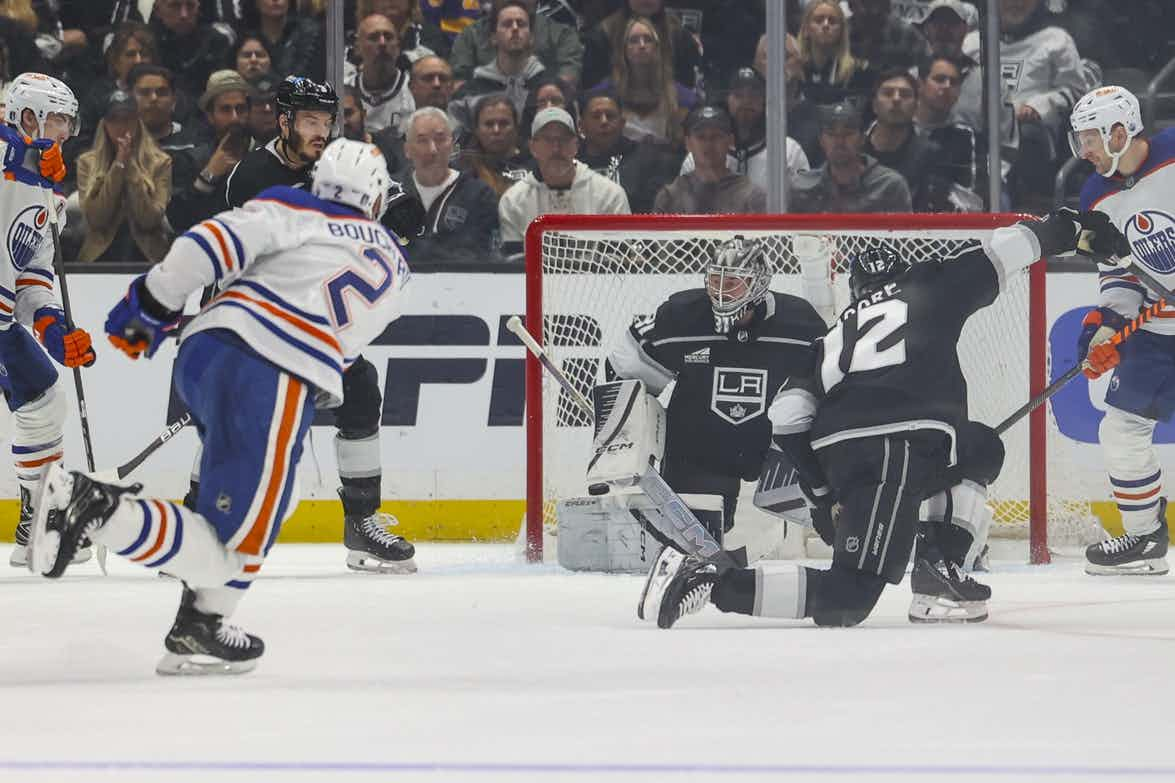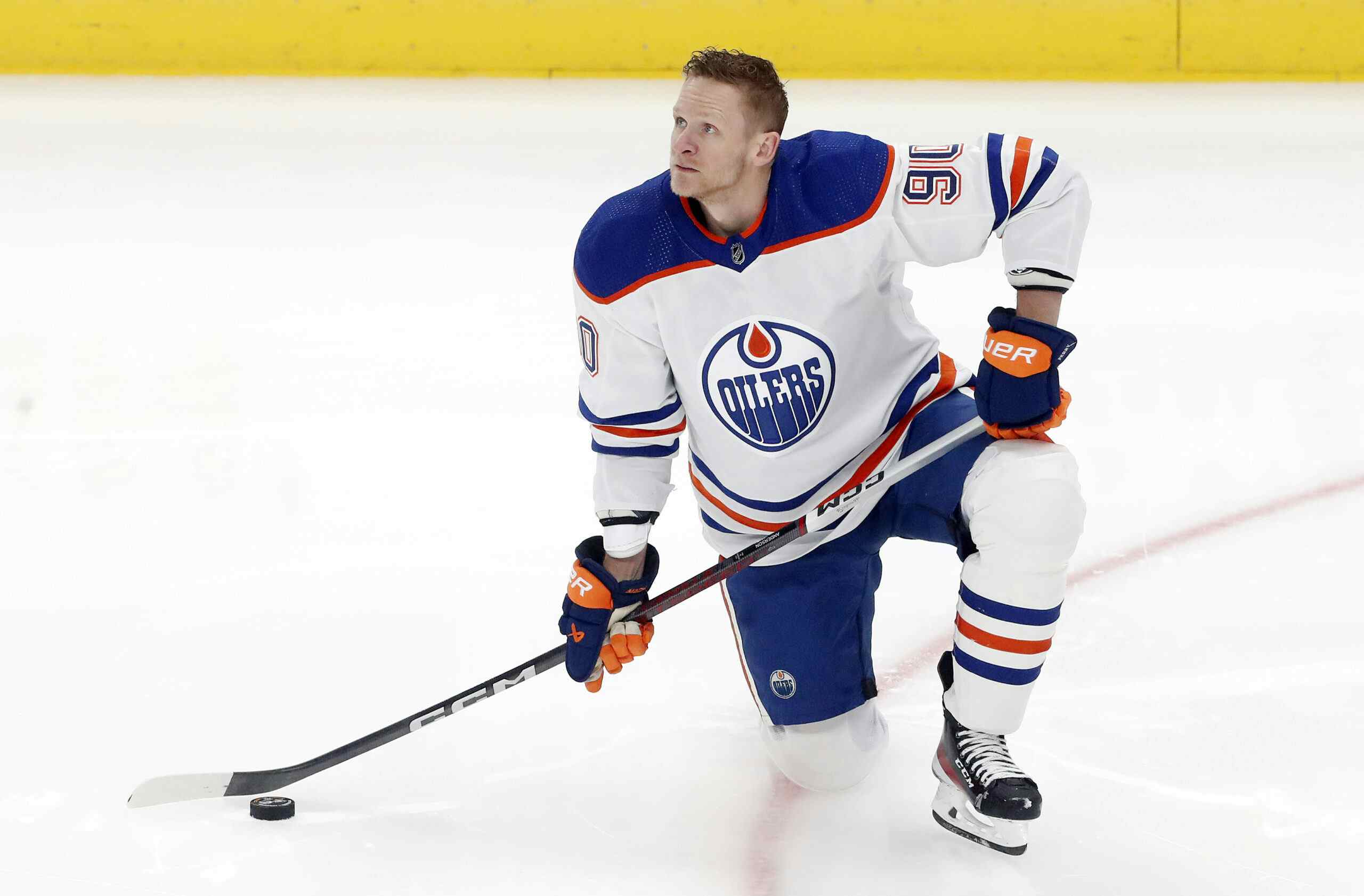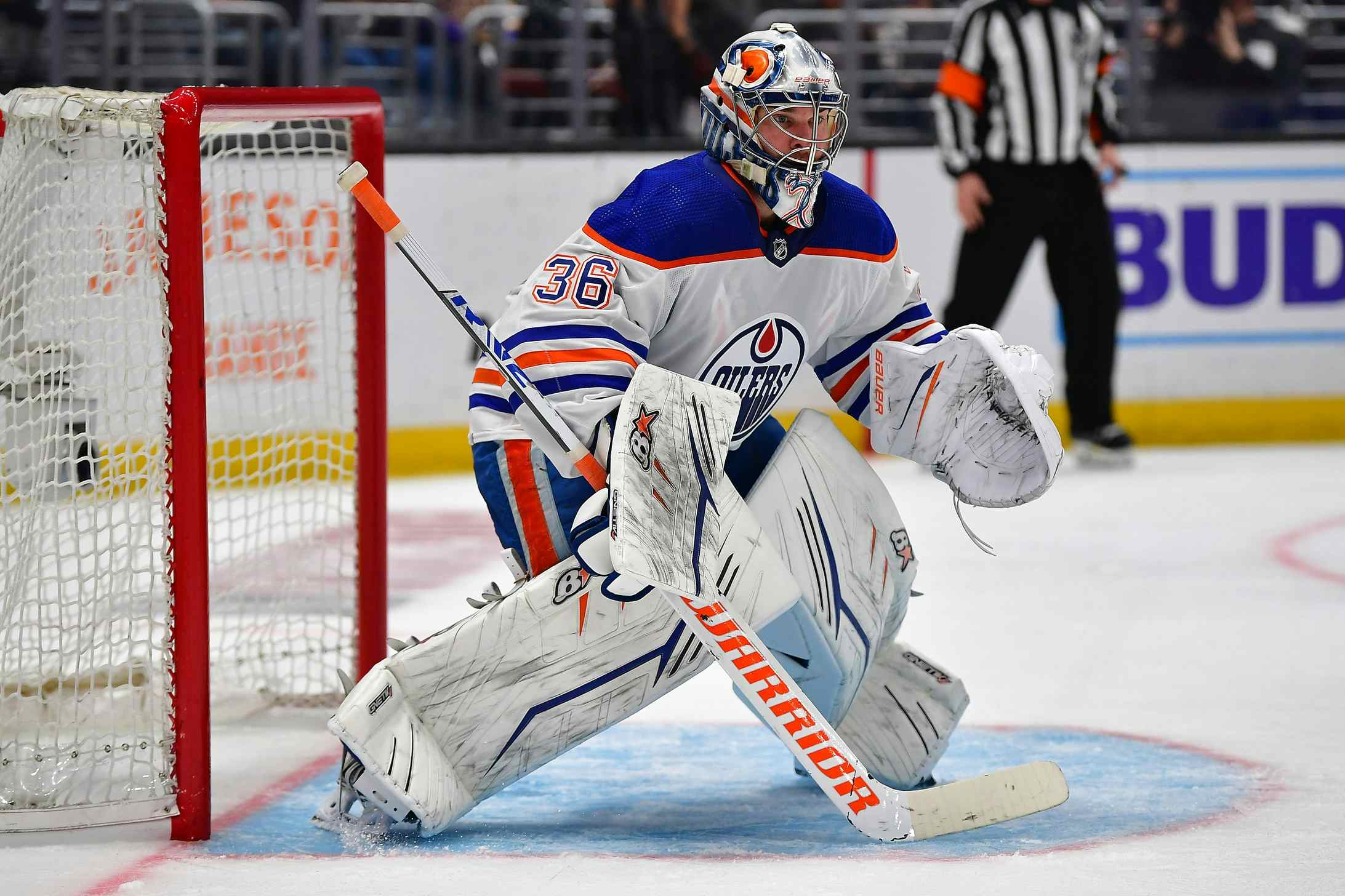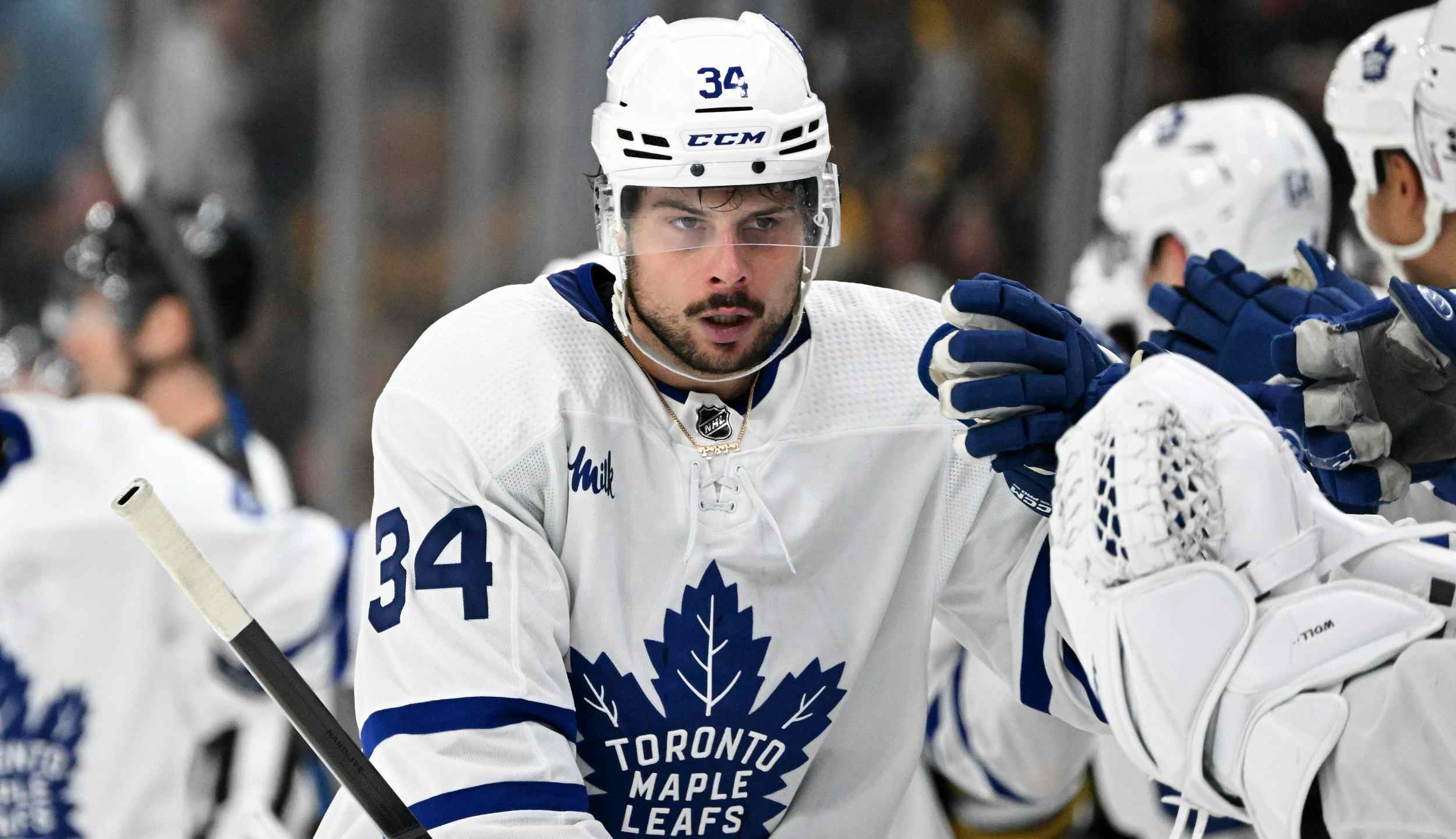Apparently The Detroit Model Doesn’t Work
Steve Tambellini was warmly welcomed by pretty much everyone in Edmonton – not just by the people who hired him, but also by the fans, the local media, and even sceptics like myself. He was part and parcel of the new era promised by Daryl Katz’s ownership, a man unconnected to the Oilers glory years and with a ton of experience as an NHL executive.
John MacKinnon was perhaps the most effusive (although it’s once again worth noting that he wasn’t alone) in a piece that comes across as comical in retrospect. Right from the opening paragraph, where Kevin Lowe is described as “the smartest guy in the room”, “wise” and “secure” it’s hard not to laugh at what gullible rubes we all were. The “three day” decision to hire Tambellini also serves as a fun contrast to his constant calls for patience and time to assess.
The kicker, though, is this paragraph:
In hiring the classy, well-respected Tambellini and adding "assistant GM" to Kevin Prendergast’s existing title of vice-president, hockey operations, Lowe has bolstered the hockey office that lost the capable Scott Howson, who left for the GM’s job in Columbus in June 2007. By design or not, the Oilers front office begins to resemble the gold standard, that of the Stanley Cup champion Detroit Red Wings.
For all the sick humour any fan looking at the standings now can find in that paragraph, it is right about one thing: this year’s edition of the Edmonton Oilers has been a group failing. I wrote defending Kevin Lowe the other day because I don’t think it’s remotely fair to blame just him. Don’t get me wrong; he deserves to be fired too for a host of sins since July of 2006. Even ignoring the Pronger trade, the offers to Thomas Vanek and Michael Nylander on their own merits should have been enough to get him fired.
I’m going to take a minute to focus on Kevin Prendergast, the man responsible for the Springfield Falcons. There’s more to it than simply looking at the diminishing returns of the AHL team, but let’s do that anyway:
- 2007-08: 35-35-10
- 2008-09: 24-44-12
- 2009-10: 15-24-10
- Totals: 74-103-32
In two and a half years of affiliation with the Oilers, the Springfield Falcons have won just over one-third of their games. There’s no lottery pick for finishing last in the AHL, and pretty much every highly-touted prospect the Oilers have assigned to the team has struggled. Expensive minor league veterans that do get signed either implode or get hurt; the franchise has been an inexcusable disaster ever since becoming affiliated with the Oilers.
I see no reason why Kevin Prendergast should be allowed to remain in a hockey operations job, given the record of the team he is responsible for overseeing – both in terms of games lost and prospects drowning in the deep.
Rick Olczyk is a more difficult person to assess. His responsibilities include “player contracts, negotiations and other CBA related issues.” It’s difficult to know how much say he actually has, and the Oilers have signed some bargain contracts during his time with the team (Mike Comrie, and ummm… Mike Comrie). That said, one of the Oilers’ multitudinous problems is their inability to manage the cap, and that reflects poorly on Olczyk. Getting caught by surprise on the negotiating window for Heatley may or may not be Olczyk’s fault, but it reflects badly on him too. Jason Gregor may or may not have misinterpreted Olczyk when he said that Gilbert Brule wasn’t waiver eligible (he was) but again it reflects badly on Olczyk. Essentially, there’s a lot of circumstantial evidence and very little concrete evidence here, and it would take an insider to know whether or not Olczyk should go.
That brings us to the final member of the Oilers management quartet, Steve Tambellini. Lowetide and I have both commented on how the bar keeps moving for Tambellini, which adds some nuance to trying to establish his performance. I’ll explain:
- July 31, 2008: Steve Tambellini is officially hired as Oilers GM
- April 13, 2009: Jason Gregor tells us that the plan was to bring Tambellini in for a year to “assess” but that he’s in charge at this point.
- April 13, 2009: Robin Brownlee tells us that Kevin Lowe stepped back from the day-to-day when Tambellini was hired, and that it will be up to Tambellini to “orchestrate the changes.”
- May 30, 2009: Terry Jones tells us that “this very much became Steve Tambellini’s hockey club with the hirings of Quinn and Renney.”
- January 28, 2010: Steve Tambellini says that Daryl Katz “has given me complete authority” over the team and Dan Barnes stresses that Lowe is responsible for the predicament up to this point.
Personally, I don’t think it’s that complicated. Kevin Lowe stepped back on July 31, 2008. That’s when Steve Tambellini stepped in and took over day-to-day operations. That’s the date Steve Tambellini should be accountable from, and since that date the Oilers have gone 54-65-15. The Oilers penalty-kill has been disastrous since day one, and Tambellini has made no moves to address it. The team has been unable to win faceoffs and prior to Marc Pouliot’s return had exactly one centre on the team born prior to 1987.
Tambellini’s moves are rarely blatantly bad in themselves (particularly his trades) but two key exceptions stand out: his acquisition of Nikolai Khabibulin, and his love of “grit.” I’ve gone into the Khabibulin in detail time and again, and it’s a firing offence all on its own: Tambellini gambled $15 million that Khabibulin would be both healthy and competent, despite his age, his injury record, and his inconsistent work in Chicago. That’s nearly seven percent of his total player budget for the next four years, gambled on a 36-year old who averages just under 20 missed games per season and has a grand total of one good year in his last four. When Khabibulin was dehydrated and had to leave a pre-season game, Pat Quinn stated that the team didn’t know it but that had also happened in Chicago. That’s the sort of simple thing a G.M. is supposed to find out before committing massive money and term to a player; the fact that the Oilers didn’t dig too deeply into Khabibulin’s medical history shows an astonishing inability to perform basic due diligence.
As for Tambellini’s love of “grit,” it’s a less important but also interesting point. He brought in Steve MacIntyre, and then he brought in Jesse Boulerice; apparently the fact that neither could play hockey and that the latter has twice jeopardized the careers of opposition players were immaterial. More serious was Tambellini’s pursuit of Chris Neil; the fact that he offered the Eastern Conference version of Zack Stortini a three-year deal in the neighbourhood of $2.0 million per season is a frightening reality. It’s also a mark against the notion that Tambellini was hamstrung by Kevin Lowe-era contracts; for those keeping track, between Neil and Khabibulin Tambellini offered more than 10.0% of his cap space in two ill-advised contracts.
The flaws in this hockey club are exactly the same as they were the day Steve Tambellini was hired. The Oilers are inexperienced at centre and throughout the forward corps. The Oilers lack players who can, as Steve Yzerman put it, play a 200 foot game. The Oilers lack competent penalty killers. The Oilers lack top-six players who can play a physical game. The Oilers lack a defenceman who the coaching staff can rely on to play against the Western Conference’s big guns. The Oilers have an over-abundance of small, unidirectional forwards and management has been loath to make a decision on any of them – a problem exacerbated by the fact that the team’s most NHL-ready prospects are either incomplete (Paajarvi-Svensson) or incomplete and small (Eberle, Omark). The Oilers lack a single goaltender who can be relied upon to a) stay healthy and b) stop pucks (the guy they had left town because the team apparently decided that multi-year contracts to old goaltenders were a bad idea).
In a year and a half on the job, Steve Tambellini has done precisely nothing to fix the Oilers key problems, and in a few cases he’s managed to make those problems worse. The most likely explanation is that he simply doesn’t understand what those problems are. Yesterday he told Dan Barnes that the first step in fixing the problems he has now would be to find out “who truly wants to be an Oiler.” I’m not sure if it’s sadder that he thinks that should be goal one or that after a year and half with the team he’s still asking the question, unsure of the answer.
The problems with this hockey club are directly traceable back to the four men making the decisions. Given that the problems are both numerous and those men show no public indication of even understanding them – let alone fixing them – it’s time to clean house.
Recent articles from Jonathan Willis






